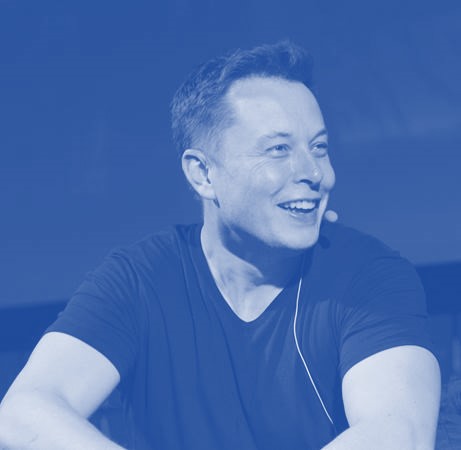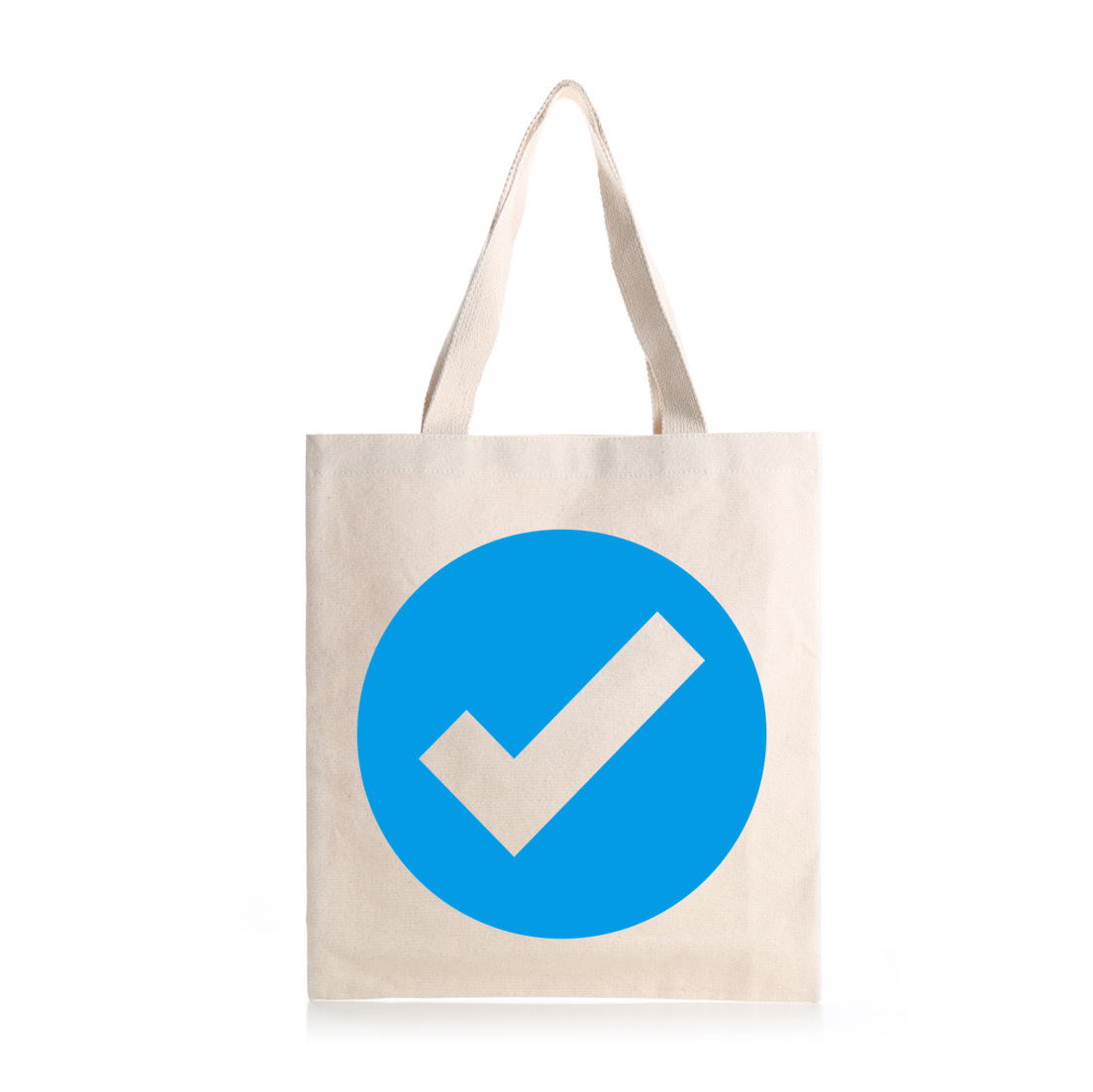
I’ve been a member in good standing on Twitter since September 2008. I have amassed nearly 10,000 followers since that time, and I’ve become rather proficient in the art of using the platform over the past 14 or so years.
But I’m not verified.
I’m not sure exactly what that means, except it’s apparently harder for scammers and hackers to pose as me once that “blue checkmark” is bestowed on me. Except in 14 years of near-daily tweeting, no one has bothered trying to be me. My identify on Twitter is apparently safe.
Nonetheless, the former regime at Twitter created “blue checkmarks,” a visual symbol that users are who they say they are – that they’re verified.
It was back in 2009 Kanye West and baseball manager Tony La Russa respectively criticized and sued Twitter over fake accounts launched by impersonators. Thus, the “blue checkmark” was created to symbolize authenticity.
But it also came to mean implied status – that you were someone special, one of the chosen on Twitter. In July 2016, Twitter declared verification could be applied for, creating a deluge of “blue checkmark” seekers.
Twitter tried again in 2020, relaunching open verification. They determined the honor would be granted on six different types of accounts, including companies, brands, and according to Wikipedia, “influential individuals like activists.”
 Lately, “blue checkmarks” have re-surfaced in a big way, thanks to the purchase of the company by Elon Musk late last month. First, he floated that verification could be had for $19.99 per month. Later, that fee was reduced to $8, meaning any Twitter user can achieve “blue checkmarkification” for a mere $96 a year.
Lately, “blue checkmarks” have re-surfaced in a big way, thanks to the purchase of the company by Elon Musk late last month. First, he floated that verification could be had for $19.99 per month. Later, that fee was reduced to $8, meaning any Twitter user can achieve “blue checkmarkification” for a mere $96 a year.
Lori Lewis urged me to apply a couple years back, I did, but alas, I was rejected. No “blue checkmark” for me.
Never one to drive the “right car,” join the prestigious country club, or eat at the restaurant where people “go to be seen,” I quickly lost interest in Twitter verification.
But for millions of users, it represented a sort of social class within Twitter, perhaps what the former owners were trying to achieve.
Musk’s motivations, of course, are harder to read. Is he pushing all those “verifieds” out the door with his new all-inclusive $8 a month plan, while attempting to provide another monetization vehicle for a platform that has become influential but nowhere near as financially successful as its many competitors?
Like many of Musk’s antics with Twitter (will he let Trump back in? Stay tuned), there were reports this morning, Twitter verification will be delayed until after the midterm elections here in the U.S. Apparently, there’s enough misinformation out there for 330 million of us.
And over the weekend, Musk and former Twitter CEO and co-founder Jack Dorsey went tête-à-tête over verification and so-called “accuracy.”
Musk is a showman, committed to one thing – putting Twitter back in the social media spotlight – and raking in serious profits at the same time.
The “Twitter Blue” subscription benefits – as it’s being called – are still vague. Some believe Twitter users will be able to monetize their accounts, while others see it working as a paywall around certain content.
A new Twitter update on the mobile app showed a pop-up, “Blue looks good on you, enjoy your verified checkmark” message, according to the The Verge.
“Blue looks good on you, enjoy your verified checkmark” message, according to the The Verge.
Musk is basking in the ambiguity.
Meantime, Twitter is reportedly shedding advertisers and users. The latter group is going to other  sites, including Mastodon. For now, I’m still tweeting away, but that could change. Perhaps Twitter will end up being more profitable under Musk, somehow justifying its price of $43 billion. But they may do it without me.
sites, including Mastodon. For now, I’m still tweeting away, but that could change. Perhaps Twitter will end up being more profitable under Musk, somehow justifying its price of $43 billion. But they may do it without me.
For radio brands, maybe the “blue checkmarkgate” can serve as an opportunity. After all, people are most definitely talking about Twitter for the first time in a while.
For commercial stations, you could offer to verify your listeners’ status with a fee directed to a local charity, like a food bank or the local children’s hospital, especially if you’re the Children’s Miracle Networks Hospital station in your city or town.
Making simple T-shirts with your logo and the infamous “blue checkmark” (yes, check with “legal”) on it would convey making a listeners “official.” It would also make him or her a conversation piece. It might work especially well for the fandom of certain morning shows.
 On the public radio side, brother Paul’s idea was to offer “blue checkmark” status for an $8/month sustaining membership of one’s favorite non-comm station – “send your $8/month to us instead of Twitter.” Any item with a “blue checkmark” would make a great premium gift, but somehow, a tote bag seems most appropriate.
On the public radio side, brother Paul’s idea was to offer “blue checkmark” status for an $8/month sustaining membership of one’s favorite non-comm station – “send your $8/month to us instead of Twitter.” Any item with a “blue checkmark” would make a great premium gift, but somehow, a tote bag seems most appropriate.
Outsmarting Elon Musk is a fool’s mission, and it’s fatiguing. We’ll leave it to both social media and financial analysts with more time on their hands to try to outsmart him in this techie version of three-dimensional chess.
But if you can “make blue work for you” this holiday season, in terms of charitable fundraising, membership drives, or both, be my guest.
- How AI Can Give Radio Personalities More…PERSONALITY - April 23, 2025
- Can Radio Afford To Miss The Short Videos Boat? - April 22, 2025
- Media And Technology In 2025: Believe It Or Not! - April 18, 2025




Interesting ideas, but not sure people actually want stuff with a blue checkmark on it. I mean, you didn’t have one, you didn’t really care and you may not (or you may) hang around on Twitter to see what happens next. Its cute and funny, but we all know that a negative positioning statement (we’re better than those other jerks across town) doesn’t do much to add a positive impression of your brand. At the end of the day, people will see that t-shirt or tote bag with a blue check mark on it and they’ll think of Twitter first, so who benefits the most from that brand association?
I hear you, Abby, but I would hope stations would display their logos loud and proud on shirts, tote bags, whatever. Cuteness aside, public radio needs to innovate fundraising rather than continue to rely on shopworn pledge drives that repel even the biggest fans. Being topical, humorous, and local might provide keys to shaking up the same-old-same-old campaigns. And believe me – the LAST thing I want to do is promote Elon Musk.
Ya know, Fred (and all) that the displayed logos these days get smaller and smaller – when they should be PROMINENT on websites for any product, radio included. A given station with content worth listening to can apply special status for frequent users-even without a fee. We did this years ago with “E-clubs” and “rewards” programs -but without a special purpose for that elevated status it’s a dream rather than a goal. Like many, a blue check mark on Elon’s folly means little, so a smart broadcasting organization (small or large), especially one with 21 executive managers should be smart enough to develop a marketing plan that includes elevated status and frequent rewards for loyalty. Shouldn’t they?
We’ve had some success with brand advocate programs, Dave. People loved to be treated special, but not charging them for the privilege.
Please don’t leave Twitter Fred.
To be honest, the blue checkmark as an $8 subscription dilutes the meaning, I thought it to be prestigious for the bigs.
I tried a few times, but never even got into the process. Every time it turned into a bit of a snafu and I moved on to other things. Just think how heartbroken all those upper-crust blue markers will be if it actually goes down. I hope Twitter doesn’t turn into MySpace.
Appreciate the kind words, Billy. And no, I’m not paying for anyone’s approval.